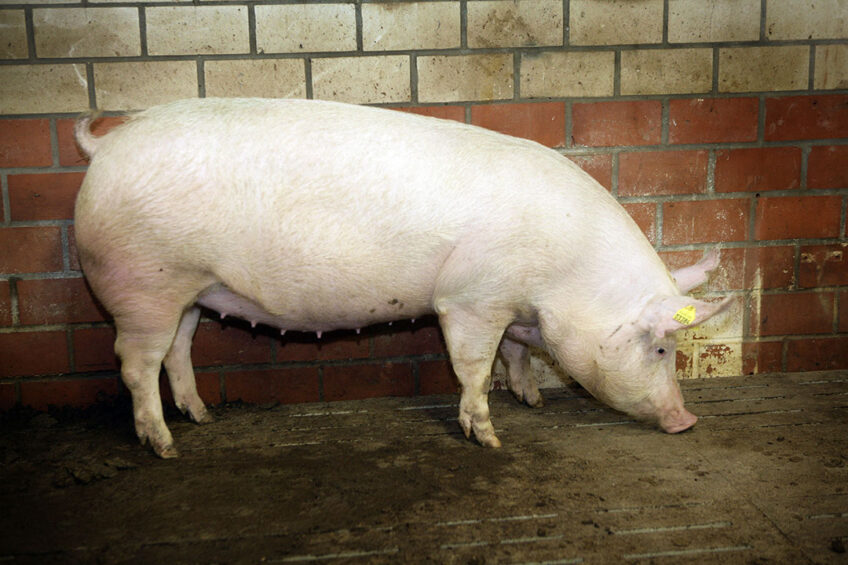Tolfenamic acid boosts piglet performance and reduces mortality in postpartum gilts

Researchers from Brazil have recently evaluated the effects of administering tolfenamic acid during the postpartum period to treat postpartum dysgalactia syndrome in gilts.
Gilts and sows suffering from postpartum dysgalactia syndrome have insufficient colostrum and milk production during the postpartum period.The syndrome causes starvation and increased mortality in piglets, and uterine tracts and udder infections in sows. To relieve pain and discomfort, nonsteroidal anti-inflammatory drugs including flunixin, meloxicam, ketoprofen can help.
Data collection
The study evaluated 319 gilts (Landrace × Large White) and their litters. The gilts were inseminated between 189 and 285 days of age. In the third trimester of pregnancy, all gilts received a gestation diet based on corn, soybean meal, and vitamin premix. From the lactation period until weaning, gilts received ad libitum lactation rations.
The researchers divided the gilts randomly into 2 groups on the day of farrowing, with 157 gilts in the treatment group and 162 in the control group. After parturition, each gilt in the experimental group was injected with 10 milliliters of Tolfedine CS. The team recorded the most important data around farrowing. In addition, they evaluated the temperature and humidity in the experimental facilities, and the rectal temperature of the gilts and their litters daily.
The team also assessed the presence and classification of vulvar discharge and its appearance. During farrowing, the number of (still)born and mummified piglets was recorded. Gilts that presented body temperatures above 39.5 °C from the first to the third day after delivery with vulval discharge had postpartum dysgalactia syndrome. The team also recordedtThe number of piglets with diarrhea in each litter and the number of live and dead piglets, together with the causes of mortality.
Preventative administration of tolfenamic acid
Postpartum dysgalactia syndrome is commonly difficult to diagnose. Therefore, it is important to use a prophylactic treatment with tolfenamic acid to relieve farrowing pain and stress in sows. It also improves their health and welfare. In addition to that, the acid in combination with antibiotics can aid in the treatment of the infectious causes of postpartum dysgalactia syndrome.
In this study, tolfenamic acid had no effect on the occurrence of postpartum dysgalactia syndrome. The tolfenamic acid was not used in combination with other medications. The prophylactic administration of tolfenamic acid in gilts had a positive effect on the litter performance because gilts experienced less stress and breast pain. Also, the improved welfare increased the receptivity of gilts to piglets and promoted adequate milk intake. Moreover, the daily weight gain in litters of sows treated with tolfenamic acid increased. The tolfenamic acid did not impact the average incidence of diarrhea in the litter during the evaluation period. Furthermore, tolfenamic acid administration reduced mortality among 18-day-old piglets by 0.41%.
Conclusions
The authors concluded that the administration of tolfenamic acid prophylactically to gilts after the farrowing of suckling piglets improved piglet performance but did not affect the occurrence of postpartum dysgalactia syndrome in primiparous sows.







